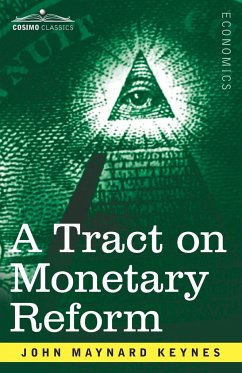Applying vector autoregression (VAR) techniques, this paper investigates the effects of monetary policy on financial stability in the United Sates, using monthly data for 1990-2014. Alternative indicators of monetary policy are used to assess the dynamic responses of a key set of financial stability variables. By building upon a disaggregation made in the literature, the financial stability transmission channels of monetary policy are also analysed. This study finds that the net effect of monetary policy on financial stability is rather small. Weak evidence is found for the hypothesis that monetary expansions contribute to financial vulnerabilities; or conversely, that monetary contractions reduce vulnerabilities. However, evidence is found that suggests monetary contractions deteriorate financial conditions as well. In addition, the effects of monetary policy on financial stability are found not to be uniform across transmission channels. In particular, little evidence was found for a financial instability channel in asset markets, while the shadow banking sector displayed the most significant evidence. Overall, these results lend support to a policy framework where monetary policy primarily targets price stability and macroprudential policies target financial stability
Hinweis: Dieser Artikel kann nur an eine deutsche Lieferadresse ausgeliefert werden.
Hinweis: Dieser Artikel kann nur an eine deutsche Lieferadresse ausgeliefert werden.








